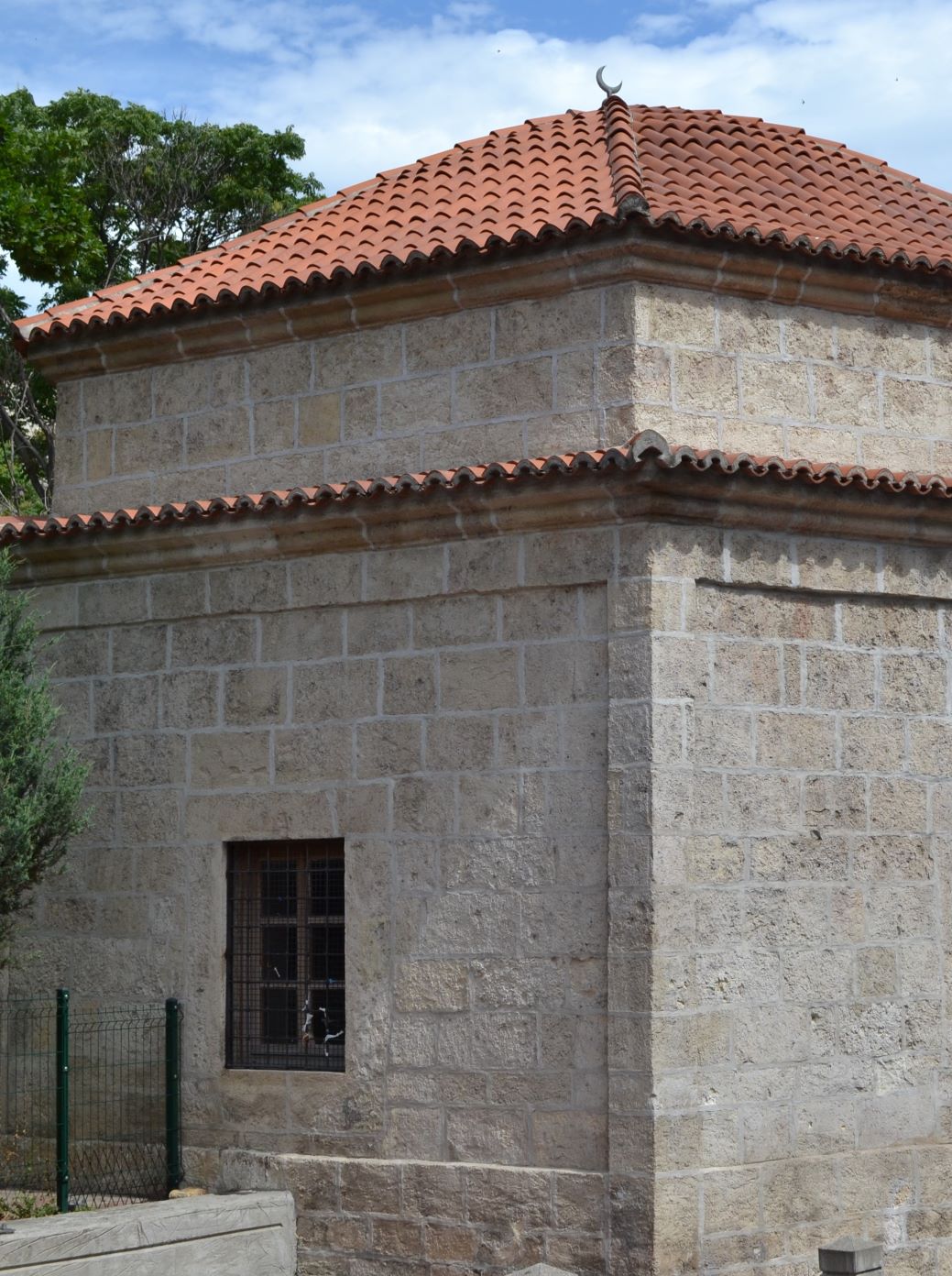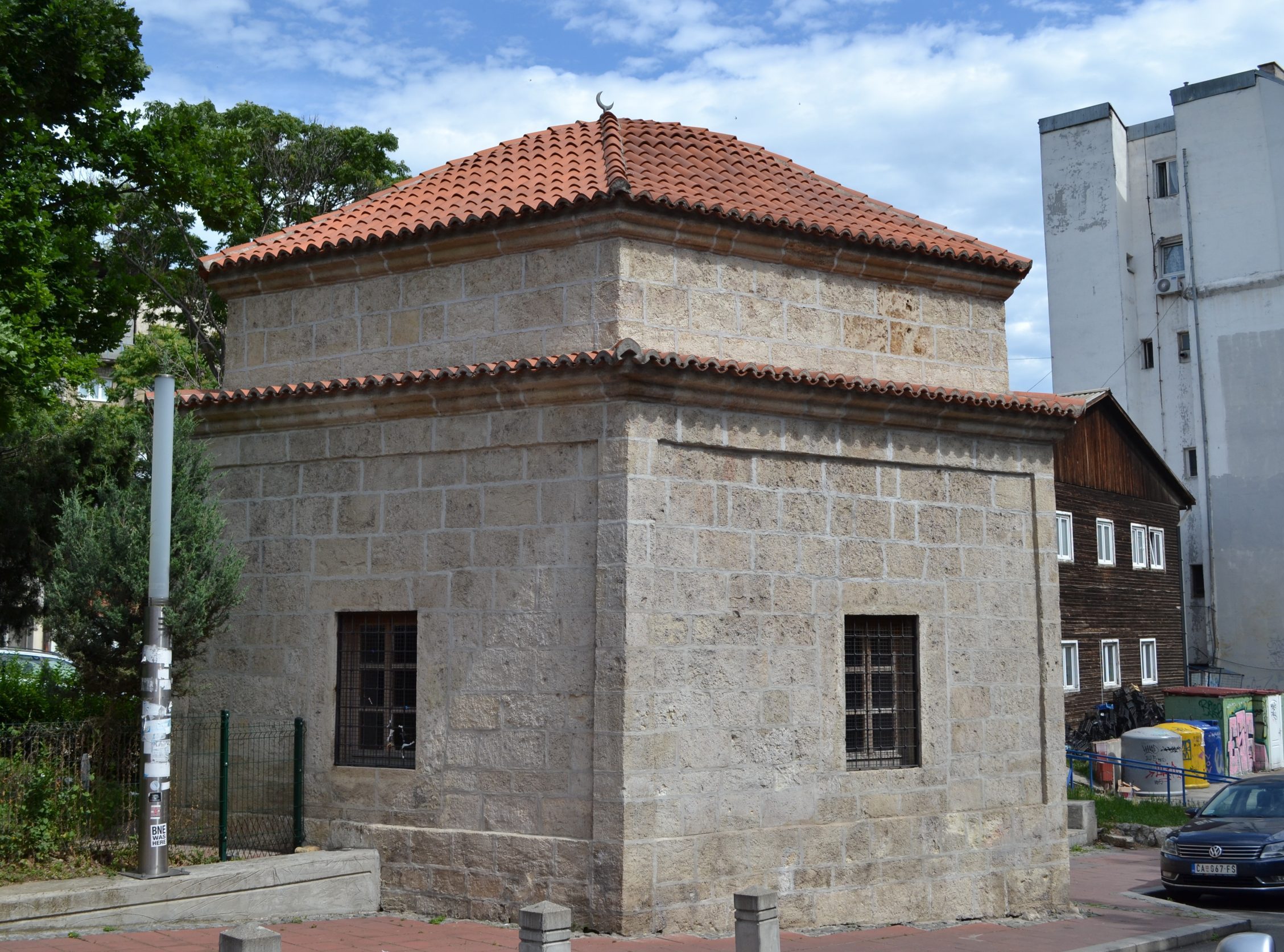WHERE IS IT?
It's located on the corner of Visnjic and Brace Jugovic street, in the vicinity of Students' Square and the University of Mathematics.
THE HISTORY
The object was built in 1784 in the yard of a Khanqah. Khanqahs were Islamic religious objects which served dervish gatherings - members of mystic Islamic studies. They lived and performed rituals therein, which includes a dance known for its ecstatic state which is experienced through rhythmic spinning in a circle. Sheikh Mustafa's turbe was the tomb of dervish Sheikh Mustafa, but 2 other dervishes were buried there. The mosque and Turkish cemetery were located nearby, which covered a large part of the current Students' Park. With the departure of Ottomans from Belgrade, the cemetery disappeared.

EXTERIOR
The turbe represents a hexagonal structure which ends with a hexagonal dome. It is 8.5 meters tall and is built of stone. The interior is decorated with writings from the Quran, while the center of the room has a covered coffin which marks a grave.

Pripremila: Ivana Pantović
